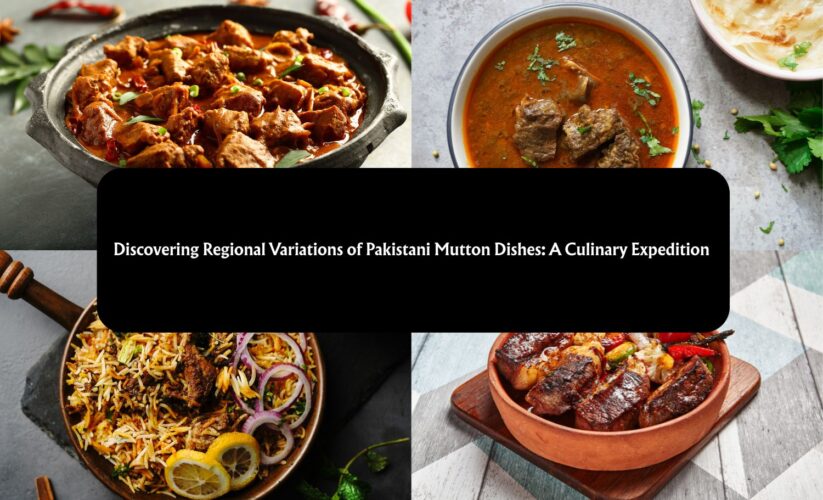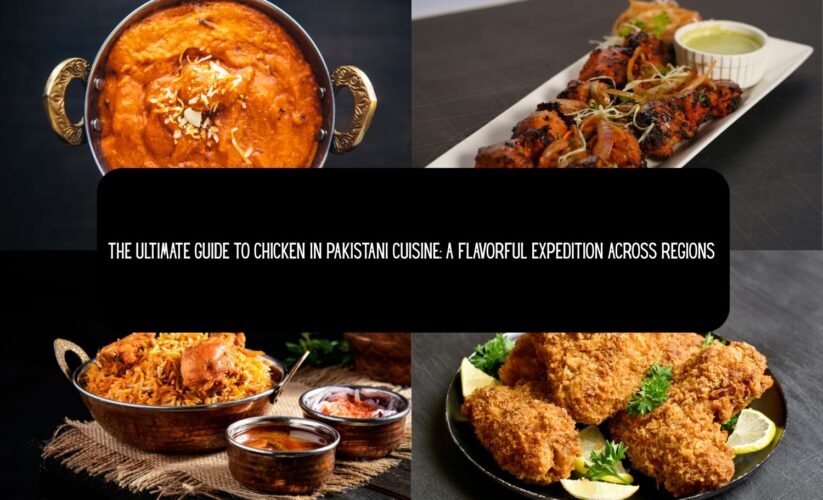
Most Popular Traditional Indian Sweets: A Journey Through Flavors and Heritage
India, a land of vibrant festivals, rich traditions, and diverse culinary landscapes, boasts a sweet heritage as colorful and varied as its culture. “Mithai,” the Hindi word for sweets, is an integral part of Indian life, symbolizing celebration, joy, and hospitality. From the bustling street stalls to the grandest of feasts, these sugary delights are woven into the fabric of Indian society. This article embarks on a journey through the most popular traditional Indian sweets offered by Chef Cooking Resort, exploring their origins, regional variations, and the cultural significance that makes them so beloved.
A Symphony of Sweetness: The Cultural Significance of Mithai
Indian sweets are more than just sugary treats; they are expressions of love, celebration, and tradition. They are offered as prasad in temples, shared during festivals, and gifted to loved ones on special occasions.
- Festivals and Celebrations: Diwali, Holi, Eid, and numerous other festivals are incomplete without a spread of mithai. These sweets symbolize the joy and prosperity associated with these celebrations.
- Religious Offerings: In temples and religious ceremonies, sweets are offered as prasad, a sacred offering to deities.
- Social Gatherings: Sharing sweets is a gesture of hospitality and goodwill, strengthening bonds between family and friends.
- Everyday Indulgence: Beyond special occasions, mithai is enjoyed as a daily treat, adding a touch of sweetness to life.
A Regional Tapestry of Sweet Delights:
India’s diverse regions offer a fascinating array of sweets, each reflecting local ingredients, culinary techniques, and cultural influences.
North India: Creamy Delights and Royal Flavors
North Indian sweets are often rich and creamy, reflecting the region’s dairy abundance and the influence of Mughal cuisine.
- Gulab Jamun:
- Soft, golden-brown milk balls soaked in a fragrant sugar syrup, Gulab Jamun is a national favorite, particularly popular in North India.
- Its warm, syrupy sweetness makes it a comforting and indulgent treat.
- Jalebi:
- Crispy, pretzel-shaped sweets soaked in a sugary syrup, Jalebi is a popular street food and festive treat.
- Its contrasting textures and sweet-tangy flavor make it a unique and satisfying dessert.
- Gajar ka Halwa:
- A rich and creamy carrot pudding, Gajar ka Halwa is a winter favorite, made with grated carrots, milk, sugar, and nuts.
- Its warm, comforting flavors make it a perfect dessert for cold evenings.
- Peda:
- A milk-based sweet, Peda comes in various flavors and textures, often flavored with cardamom or saffron.
- Kulfi:
- A dense, frozen dairy dessert, often called Indian ice cream. It is very popular in the northern regions.
East India: Syrupy Wonders and Milk-Based Marvels
East Indian sweets, particularly Bengali sweets, are known for their delicate flavors and milk-based creations.
- Rasgulla:
- Soft, spongy cheese balls soaked in a light sugar syrup, Rasgulla is a Bengali specialty, renowned for its delicate texture and sweet flavor.
- Its unique texture and light sweetness make it a refreshing dessert.
- Sandesh:
- A dry, milk-based sweet, Sandesh comes in various flavors and shapes, often flavored with cardamom or rosewater.
- Its delicate flavor and melt-in-your-mouth texture make it a beloved Bengali treat.
- Mishti Doi:
- Sweet yogurt, that is a staple of Bengali deserts.
West India: Nutty Delights and Festive Treats
West Indian sweets often feature nuts, dried fruits, and jaggery, reflecting the region’s agricultural abundance.
- Shrikhand:
- A creamy yogurt dessert, Shrikhand is a Gujarati and Maharashtrian specialty, flavored with cardamom and saffron.
- Its tangy sweetness and creamy texture make it a refreshing dessert.
- Modak:
- Sweet dumplings made with rice flour and filled with coconut and jaggery, Modak is a popular Maharashtrian sweet, particularly associated with the Ganesh Chaturthi festival.
- Its sweet filling and soft outer layer make it a festive treat.
- Basundi:
- A thickened sweet milk dish, popular in Maharashtra and Gujarat.
South India: Coconut and Jaggery Delights
South Indian sweets often feature coconut, jaggery, and rice flour, reflecting the region’s tropical climate and agricultural practices.
- Mysore Pak:
- A rich and buttery sweet, Mysore Pak is a Karnataka specialty, made with gram flour, ghee, and sugar.
- Its melt-in-your-mouth texture and rich flavor make it a decadent treat.
- Payasam/Kheer:
- A creamy rice pudding, Payasam or Kheer is a popular South Indian dessert, flavored with cardamom, nuts, and raisins.
- Its comforting flavors make it a popular dessert for festivals and celebrations.
- Laddu:
- Many variations of laddu are made in the south, using coconut, or rice flour.
The Art of Mithai Making: Time-Honored Techniques
The art of mithai making is a cherished tradition in India, often passed down through generations. Skilled artisans, known as “halwais,” create these sweet delights with meticulous care, using time-honored techniques and secret family recipes.
- Ingredients: Key ingredients include milk, ghee, sugar, nuts, and spices. The quality of these ingredients plays a crucial role in the final product.
- Techniques: Slow cooking, careful stirring, and precise temperature control are essential for creating the perfect mithai.
- Presentation: Mithai is often presented in beautifully decorated boxes or platters, adding to its visual appeal.
A Sweet Culinary Journey:
Exploring the most popular traditional Indian sweets is a journey that will tantalize your taste buds and introduce you to a world of diverse flavors and traditions. From the creamy delights of North India to the coconut-infused treats of South India, each region offers a unique sweet experience that reflects its rich cultural heritage.
Also, read Chef Cooking Resort Blogs to explore the most popular traditional Indian sweets.





